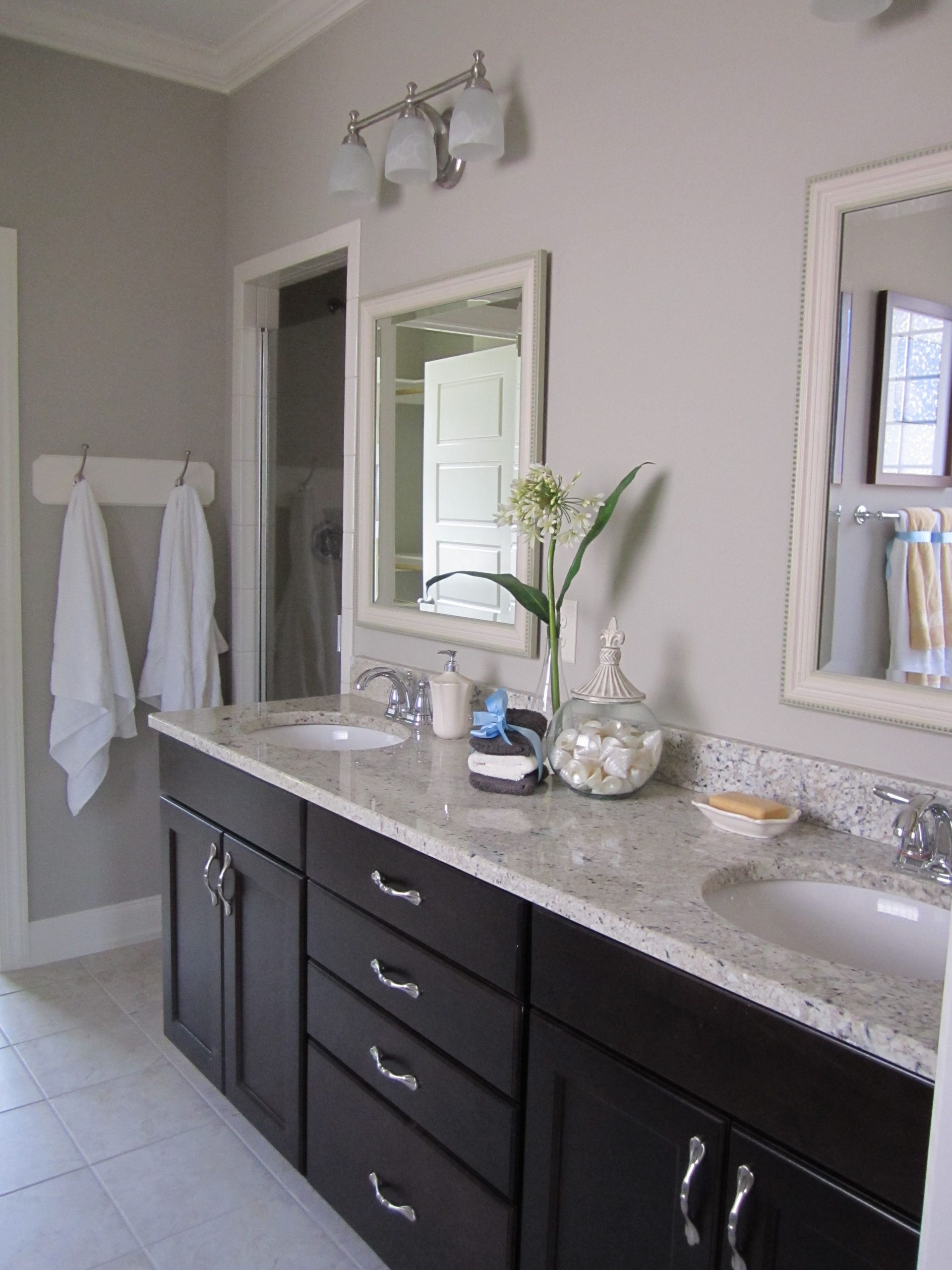Want a bathroom that feels bigger and brighter? Light wood cabinets might be just the ticket. They can give a small bathroom a spacious feel or add a touch of warmth to a modern one. This guide covers everything you need to know about choosing the perfect light wood cabinets for your bathroom, from the types of wood to maintenance tips.
Light Wood Choices: Finding Your Perfect Match
Not all light woods are created equal. Each species boasts unique characteristics, influencing its suitability for the bathroom environment. [https://www.wavesold.com/bathroom-cabinet-depth] [https://www.wavesold.com/bathroom-vanity-two-sinks]
Decoding Different Light Woods
- Oak: A classic choice known for its strength, pronounced grain, and warm tones. Oak is likely a good fit for rustic, traditional, or transitional bathrooms.
- Maple: With its smooth surface and subtle grain, maple exudes understated elegance. It’s probably a perfect choice for modern, minimalist, or contemporary designs.
- Birch: Birch offers a fine, delicate grain and pale tones, creating a light and airy feel. This suggests birch is well-suited to Scandinavian, farmhouse, or cozy cottage aesthetics.
- Other Options: Hickory, ash, beech, walnut, spruce, Douglas fir, and alder are additional light wood options with varying durability and aesthetics.
Styling Light Wood: A Versatile Choice
Light wood cabinets are remarkably versatile, adapting to various styles. Sleek maple cabinets with chrome fixtures create a modern look, while rustic oak vanities with antique brass hardware evoke old-world charm. The possibilities are vast, allowing you to personalize your bathroom.
Pros and Cons of Light Wood in Bathrooms
While light wood offers numerous advantages, it’s essential to consider the potential drawbacks in a humid environment.
Advantages of Light Wood
- Enhanced Brightness and Space: Light wood reflects light, creating an airy and inviting atmosphere, particularly beneficial in smaller bathrooms.
- Design Versatility: Its adaptability to various styles makes it a popular choice for homeowners.
- Increased Resale Value: Light and bright bathrooms are often desirable, potentially boosting your home’s value.
Disadvantages of Light Wood
- Moisture Sensitivity: Light wood requires proper sealing and regular maintenance to prevent water damage.
- Visibility of Wear and Tear: Lighter woods may show scratches and dents more readily than darker woods.
Installation and Maintenance: Ensuring Longevity
Proper installation and care are crucial for maximizing the lifespan of your light wood cabinets.
Installation Tips
Accurate measurements are essential for a seamless fit. Consider professional installation for complex designs or if you lack DIY experience.
Maintenance Essentials
Regular cleaning with a gentle soap and water solution and good ventilation are key to preserving the beauty of light wood. Avoid harsh chemicals that could damage the finish.
Shopping Smart: Budget and Sustainability
Finding the right cabinets involves balancing budget, style, and sustainability.
Budget-Friendly Choices
Ready-to-assemble (RTA) cabinets offer cost savings without compromising style. Explore various retailers, from big-box stores to online marketplaces and local specialty shops.
Sustainable Options
For eco-conscious homeowners, FSC (Forest Stewardship Council) certified wood ensures responsible sourcing.
Small Bathroom Solutions: Maximizing Space
Light wood cabinets can work wonders in small bathrooms. Smaller vanities, light-colored countertops, and large mirrors create an illusion of spaciousness.
What Kind of Wood Is Best for Bathroom Cabinets?
Choosing the right wood for bathroom cabinets involves understanding the properties of different species and their suitability for humid environments.
Why Wood Type Matters
Bathroom humidity can damage susceptible woods. Factors like natural oils, density, and grain influence a wood’s moisture resistance.
Wood Species Breakdown
- High-End: Teak, cedar, and bamboo offer exceptional water resistance due to their dense structure and high oil content.
- Mid-Range: Maple and birch provide a balance of beauty and durability when properly sealed. Cherry and mahogany offer richer tones, requiring slightly more care.
- Budget-Friendly: Pine, oak, and poplar are more affordable but require diligent sealing and ventilation.
- Engineered Wood: Plywood and MDF offer versatility and affordability but are highly susceptible to moisture damage without meticulous sealing.
Protecting Your Investment: Sealing and Ventilation
Regardless of the wood species, proper sealing and ventilation are essential for longevity. A high-quality sealant and a well-ventilated bathroom protect against moisture damage.
Should Bathroom Cabinets Be Lighter or Darker Than Walls?
The interplay between cabinet and wall color significantly impacts the overall bathroom aesthetic.
The Impact of Color Combinations
- Darker Cabinets, Lighter Walls: Creates depth and anchors the space, making the room feel larger.
- Lighter Cabinets, Darker Walls: Emphasizes height and offers a modern, airy feel, particularly effective in smaller bathrooms with high ceilings.
Factors to Consider
Bathroom size, natural light, personal preference, and overall color palette influence the optimal cabinet and wall color combination.
What Is the Most Popular Cabinet Color for a Bathroom?
While light wood offers warmth and character, white and gray remain the most popular cabinet colors for their versatility and clean aesthetic. However, don’t let trends dictate your choices. Light wood might be the perfect fit for your unique style and vision.
Choosing the Right Light Wood
Consider the specific wood species, its styling potential, and the pros and cons of using light wood in a bathroom. Proper installation and maintenance are essential for long-lasting beauty.
By considering these factors, you can confidently choose the ideal light wood cabinets to transform your bathroom into a bright, stylish, and functional space.
- Dora the Explorer Wipe-Off Fun: Safe & Mess-Free Activities for Little Explorers - April 18, 2025
- Does Lemongrass Repel Mosquitoes? Fact vs. Fiction + How to Use It - April 18, 2025
- Do Woodchucks Climb Trees?Fact vs. Fiction - April 18, 2025










